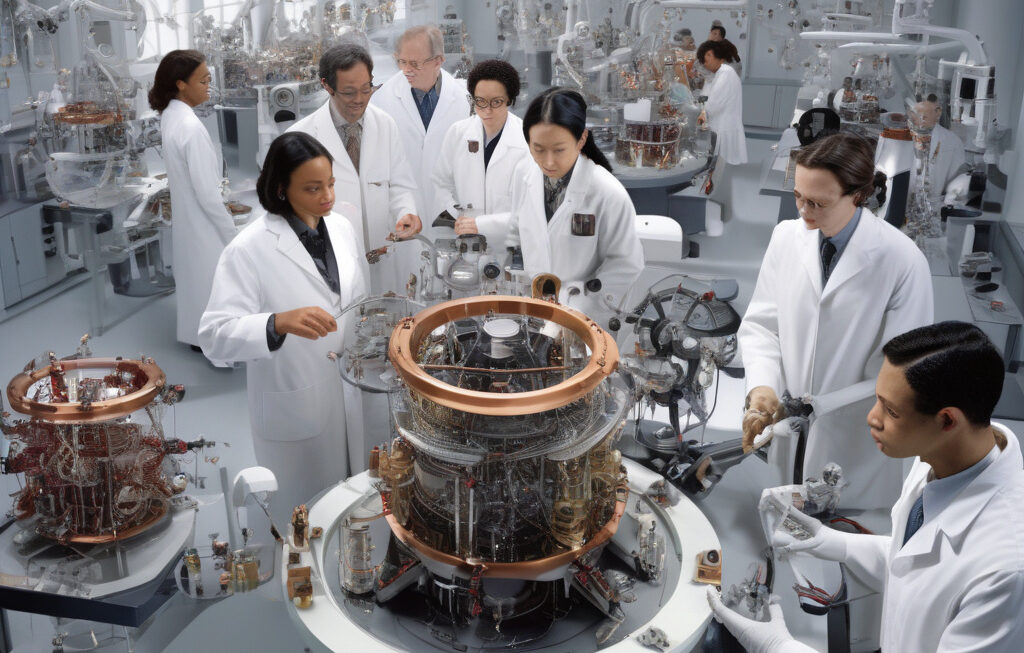Living Robots with Customizable Movement: The Future of Bioengineering
A brand-new engineering approach at Carnegie Mellon University is creating “designer” biological robots using human lung cells, pushing the boundaries of innovation in the field of bioengineering. These living robots, known as xenobots, are revolutionizing the way we perceive robotics and artificial intelligence. By harnessing the power of human cells, scientists have unlocked a realm of possibilities that were once confined to the realm of science fiction.
The concept of xenobots stems from the idea of creating biological machines from organic material. Unlike traditional robots made of metal and plastic, xenobots are composed entirely of living cells, allowing them to adapt, self-heal, and evolve in ways that traditional robots cannot. This groundbreaking research opens up a world of opportunities for applications in medicine, environmental remediation, and beyond.
What sets xenobots apart from their conventional counterparts is their ability to exhibit customizable movement powered by human lung cells. By utilizing biological components, these living robots can navigate complex environments with precision and efficiency. From delivering targeted drug therapies within the body to cleaning up microplastics in the ocean, the potential uses for xenobots are vast and varied.
One of the key advantages of xenobots is their biodegradability. Unlike traditional robots that leave behind electronic waste, xenobots are designed to break down naturally over time, leaving no environmental footprint. This eco-friendly approach to robotics aligns with the growing demand for sustainable technologies that minimize harm to the planet.
The customization aspect of xenobots is particularly exciting for researchers and engineers. By manipulating the genetic code of the human cells that make up these living robots, scientists can tailor their movement patterns to suit specific tasks. Whether it’s crawling through narrow spaces or swimming through fluids, xenobots can be designed to excel in a wide range of environments.
The implications of this research go beyond the realm of robotics and into the realm of synthetic biology. By blurring the lines between living organisms and machines, xenobots challenge our understanding of what it means to be alive. This fusion of biology and technology has the potential to revolutionize not only the field of robotics but also our fundamental concepts of life itself.
As we look to the future, the development of living robots like xenobots holds immense promise for addressing some of the most pressing challenges facing our world today. From medical advancements to environmental conservation efforts, the potential applications of customizable biological machines are limited only by our imagination.
In conclusion, the creation of living robots with customizable movement powered by human lung cells represents a major milestone in the field of bioengineering. With their unique blend of biological and technological capabilities, xenobots are poised to shape the future of robotics and beyond. By harnessing the power of human cells, scientists have unlocked a new paradigm of innovation that has the potential to transform how we interact with machines and the natural world.
living robots, customizable movement, bioengineering, human lung cells, xenobots












